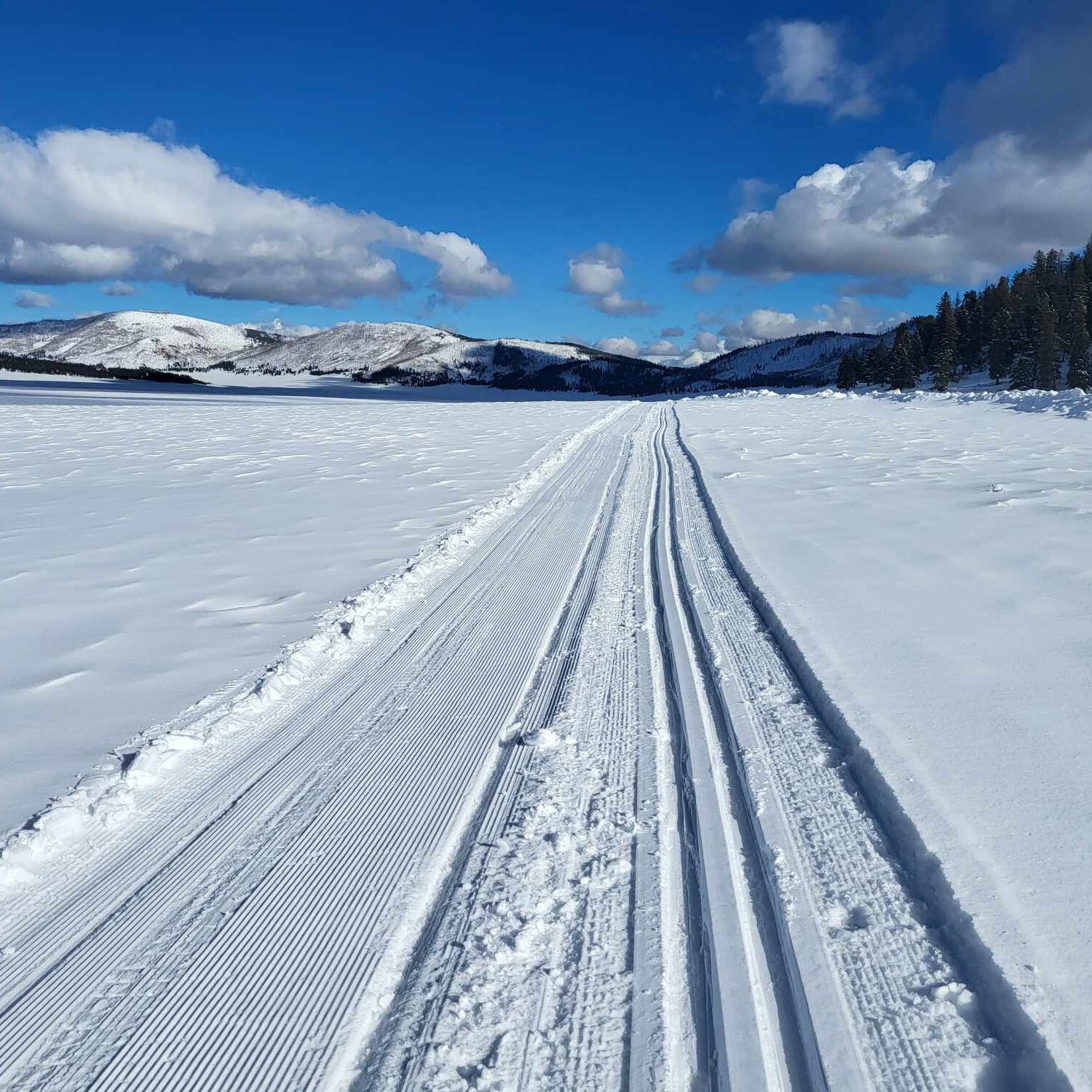Your Cart is Empty
accepting gear drop offs Mon-Sat 10am-5pm. No Consignment acceptance on Sundays.
accepting gear drop offs Mon-Sat 10am-5pm. No Consignment acceptance on Sundays.

The time’s come. You’ve got your lightweight backpack, a comfy sleeping bag (of quilt), a sleeping pad that doesn’t (yet) leak air, a cool tent, a nifty little stove, and a hankering to get out and use it all. Let’s go!
Nooooooooooot so fast there, partner. While backpacking on public lands is generally free and open, in some places, you need a permit or a reservation.
Reservations forbackcountry backpacking are becoming more common on some public lands as managers seek to handle crowds and limit impacts to natural resources. While these permits are not necessarily hard to get, and they are a fantastic value, knowing how to get what for where is not always easy to figure out. Here’s a primer depending on where you plan to go–note that this list only pertains to overnight backpacking and that some parks require other permits, reservations, or lottery wins for hikes, stock use, rock climbing, and canyoneering. All permits are through recreation.gov unless otherwise noted.
Zion National Park: A permit is required for all wilderness camping in Zion. Half are reservable online in advance.
Canyonlands National Park: All overnight backcountry trips require a permit. There are permits for both specific campsites, as in the case of Needles, and general camping zones, as in the case of Island in the Sky.
Bears Ears National Monument (Cedar Mesa): Backpacking permits are required for canyons like Grand Gulch. Permits are granted per drainage.
Bryce Canyon National Park: Permits are required for designated campsites.
Capitol Reef National Park: Free permits, available at the visitors center, are required.
Arches National Park: Backcountry permits have been an off-and-on affair; currently they are required and issued at the Backcountry Permit Office in Moab.
Rocky Mountain National Park: A wilderness overnight backpacking permit is required year-round for all backcountry camping.
Maroon Bells–Snowmass Wilderness: Advance reservation permits are required for overnight stays in designated permit zones.
Mesa Verde National Park: The park’s backcountry is closed.
Great Sand Dunes National Park: Permits are needed for both specific sites and zones.
Black Canyon of the Gunnison: Permits are required for all inner canyon wilderness use from the South Rim Visitor Center.
Colorado National Monument: Permits are free and must be picked up at the visitors center.
Hovenweep National Monument: There is no overnight backpacking allowed.
Canyons of the Ancients National Monuments: Permits are not required
Grand Canyon National Park: Backcountry permits are required for all overnight camping below the rim.
Paria Canyon–Vermilion Cliffs Wilderness: An advance permit is required for overnight use of Paria Canyon.
Carlsbad Caverns National Park: All backcountry users must obtain a free backcountry use permit at the visitor center on the day of arrival.
Recreation.gov is the main spot to get camping reservations, permits, tickets, and more. To get started, navigate to the site, click on “Sign Up / Log In,” then use the search bar, being as specific as you can about location.
Note that individual locations may have special requirements beyond just reserving and paying for your permit. Backpackers on Cedar Mesa, for example, are required to check in at the Kane Creek Ranger Station. Those in Canyonlands National Park need to watch a video.
Need to get equipped for a backcountry adventure? Looking for some last minute gear like socks, sunnies, or fuel canisters? Be sure to stop byDurango Outdoor Exchange on your way to the trailhead.

Work crews were busy over the off season making changes to ski areas across the region. While the hoped-for new lifts at Purgatory aren’t going to spin, there are plenty of reasons for you toget some wax (or new skis) from Durango Outdoor Exchange and hit the slopes this winter.

Thanksgiving is almost here–and skiing this early is always a gamble. Here are some non-skiing warm(er) weather destination ideas for the long break.

Just a couple hours from Durango, Valles Caldera is a great cross-country skiing destination, with surprisingly good snow and very few visitors.
Valles Caldera National Preserve is a popular hiking destination in the summer and a surprisingly great skiing destination in the winter.